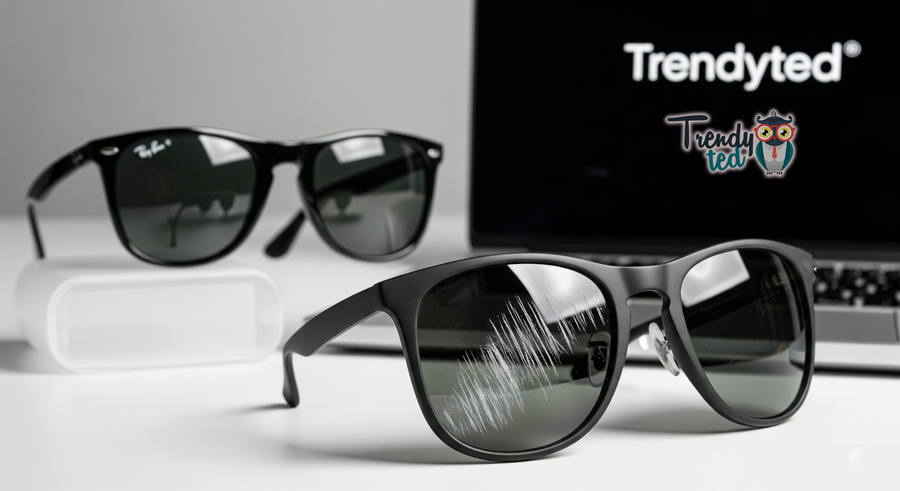
Applications of Ray-Ban Lenses
Ray-Ban lenses are designed for various applications, and each lens type is suitable for specific conditions.
Sports Eyewear
For athletes, polycarbonate lenses with anti-scratch and UV400 coatings are suitable. Due to their high impact resistance and light weight, these lenses are ideal for high-motion activities such as cycling, running, or water sports.
Everyday Eyewear
For everyday use, Ray-Ban's photochromic and anti-reflective lenses are popular choices. By providing clear vision and protection against sunlight and blue light, these lenses are suitable for daily activities such as reading, working on a computer, or walking.
Driving Eyewear
Polarized and gradient lenses are ideal for driving as they reduce glare and provide clear vision in varying light conditions. Ray-Ban's driving lenses, such as DriveSafe lenses, are designed to improve night vision and reduce eye fatigue.





Comments (0)